A brief history of spice in Liverpool
Featured, Understanding Spices
Your cart is empty.
SUBTOTAL
£0.00

Featured, Understanding Spices
If you take a walk along the world famous waterfront of Liverpool, you cannot escape the past. For mile after mile, along the shores of the River Mersey, a vast network of docks stretches out. Grand old brick buildings remain standing to this day, like ancient Greek temples. Old gatehouses, dry docks, ships large and small. Everywhere you turn, there is history.
‘For miles you may walk along that river-side, passing dock after dock, like a chain of immense fortresses:—Prince’s, George’s, Salt-House, Clarence, Brunswick, Trafalgar, King’s, Queen’s, and many more.’ (Herman Melville, Redburn – his first voyage, 1849)
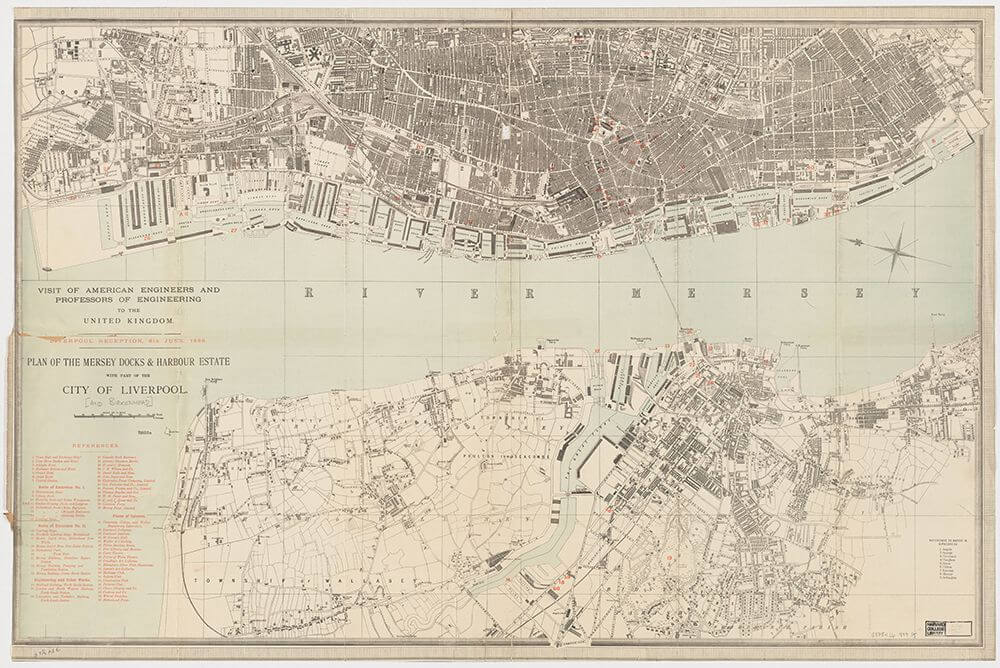
Liverpool was built on its maritime prowess as one of, if not the most important port city in the British Empire. Centrally placed, it connected all corners of the globe from Nova Scotia to the West Indies, to Guinea, the Baltic and the Mediterranean.
With this network came vast trades and goods passing through every single day. Naturally, given the territories and nations to which the Empire spread, this included spices of all kinds.
With their empires expanding rapidly throughout the 18th and 19th centuries, Europeans quickly developed a taste for goods from far-flung destinations. China tea, Indian spices, Arabian coffee, Virginia tobacco, West Indian sugar and Mexican chocolate proved very popular.
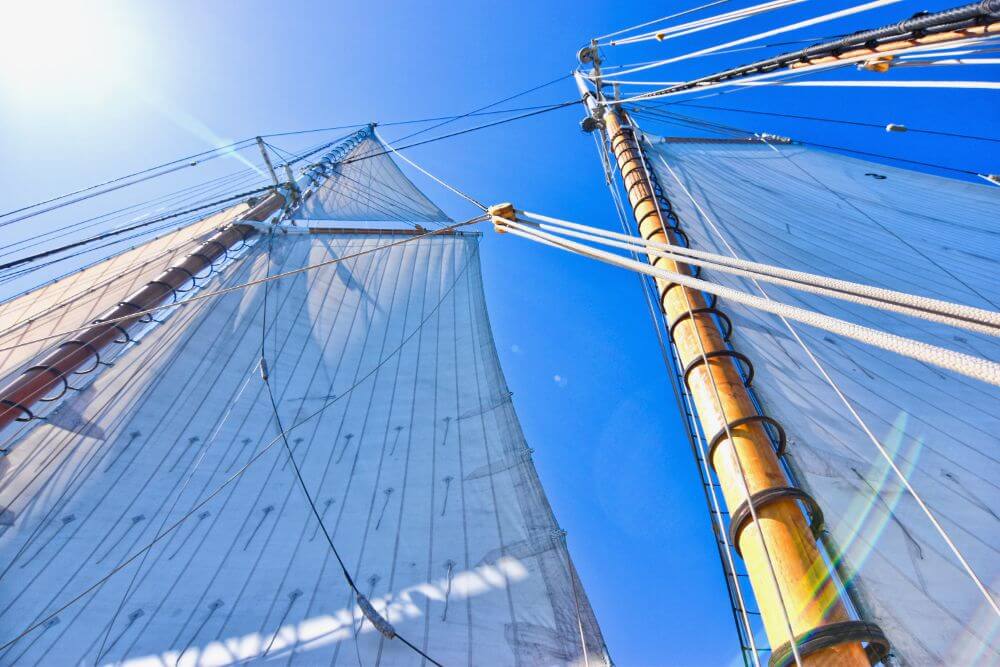
But why spices specifically? During these times, Europeans lacked refrigeration and general hygiene which led to food spoiling quickly. Spices were so important because they helped mask the flavour of not-so-fresh food. Quite literally, they ‘spiced up’ the flavour of dishes. And, as we all know, once you’ve had a taste of something like this, it’s hard to go back. Pepper, cloves, nutmeg, cinnamon and ginger were all in demand. Indeed, during some periods, the price of pepper served as a barometer for European business in general.
Furthermore, they were used for the manufacture of certain medicines. For thousands of years, India was using spices for medicinal purposes and health benefits. There are references to this in the writings of Charaka and Susruta II in the 1st and 2nd centuries.
For example, in Ayurvedic medicine (India’s traditional health care system and one of the oldest in the world), spices such as cloves and cardamom were wrapped in betel-nut leaves and chewed after meals. This increased the flow of saliva and aided digestion.
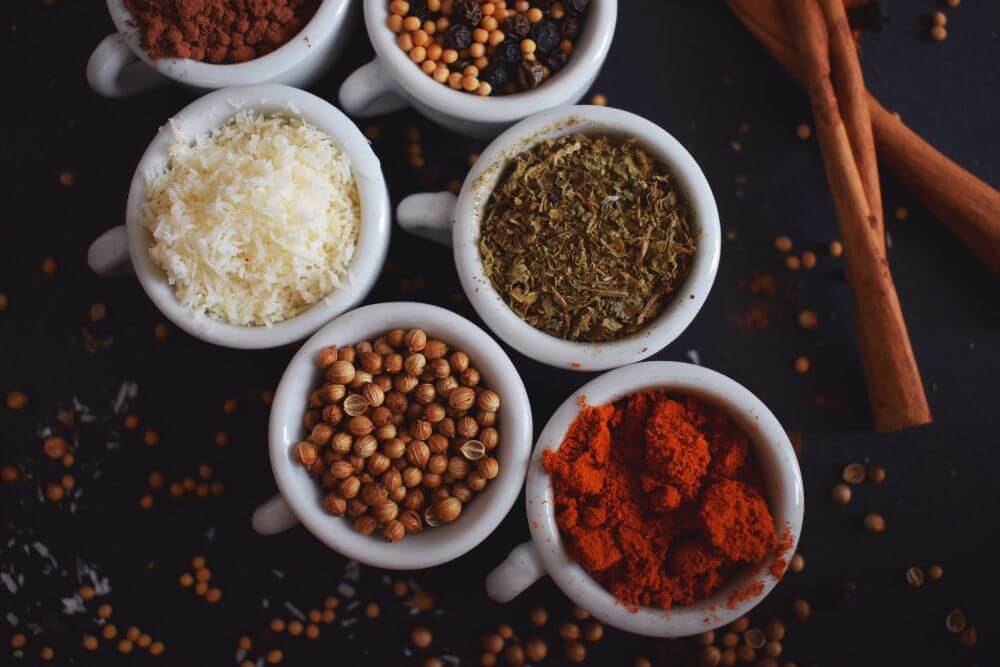
In modern times, it’s confirmed that cinnamon lowers blood sugar levels and has a powerful anti-diabetic effect whilst ginger can treat nausea and has anti-inflammatory properties.
So, little wonder then, that once the Europeans had a taste for spices they were hooked. None more so than the British.
Before it arrived on the shores of the Mersey, the spice was sourced and purchased at the far corners of the Empire, mostly in places like India, Indonesia and West Africa.
For example, British traders working for the East India Company may have arrived at the ‘great market’ in the large city of Bantam, on the island of Java (now Indonesia). The wide variety of traders who brought their goods here included Arab, Turkish, Indian, Indonesian, Chinese and other European traders. Here, the Brits could offer such things as woollen cloth (from Manchester) and ‘fancy’ goods like sword blades (from Sheffield). They could offer mirrors, coral and ivory, iron, lead and tin bars. You name it. A lot of transactions were also made with silver.
In West Africa, there was another type of pepper. It was known as Melegueta pepper with the nickname of ‘Guinea grains’ because it came from the area in West Africa known to the Europeans as Guinea (modern day Liberia). This particular type of pepper was brought back to Liverpool, Bristol and London aboard slave ships as part of the transatlantic trade.
This was part of what was known as the ‘Liverpool Triangle’ – the exchange of manufactured goods from the Mersey hinterland for slaves in West Africa who were in turn traded for sugar, molasses, spices and other plantation crops in the West Indies. Interestingly, it is a little harder to uncover the historic past of spice in Liverpool than it is in say, London. On the Thames, in places such as Butler’s Wharf, you could find whole warehouses dedicated to storing spice. The area became known as the ‘larder of London’. You can still see the overhead gantries which connected the warehouses today and some say there is even still the lingering smell of the wares once stored there.
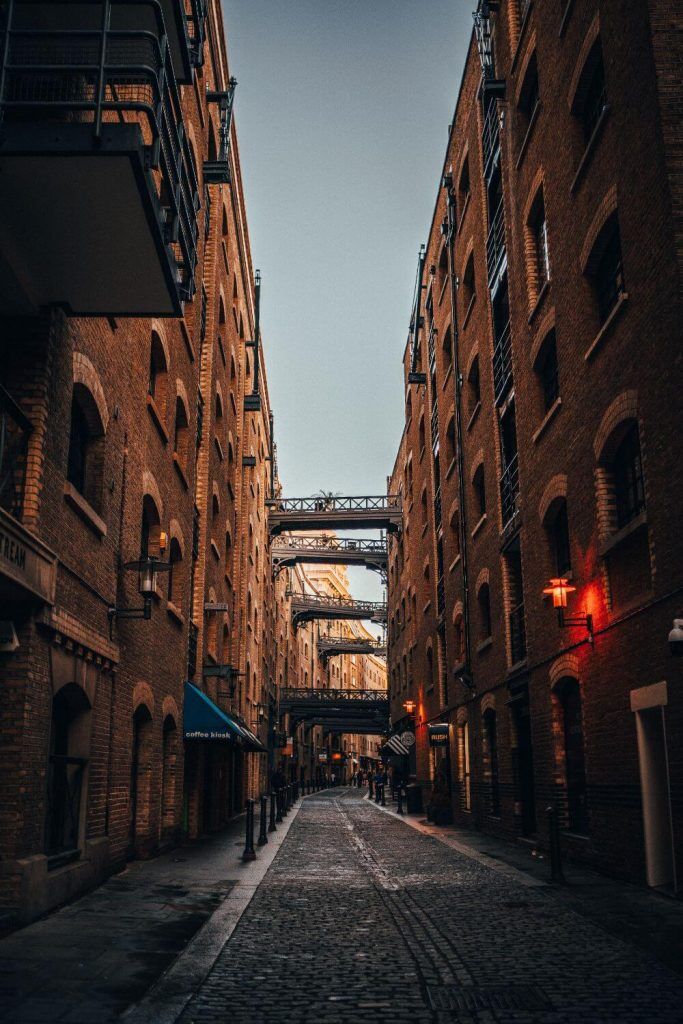
Yet, when focusing on Liverpool’s vast dock network (Liverpool was actually larger in size than London), it’s hard to find a specific dock or warehouse that dealt specifically with spices.
For example, Bramley-Moore Dock dealt extensively with coal. Transported from the South Lancashire Coalfield, the coal was used for both export and the fuelling of steamships and locomotives throughout the port.
Just a few minutes down the road, Stanley Dock is home to the world’s largest brick warehouse – the Stanley Dock Tobacco Warehouse. Having now been regenerated into sleek, modern apartments, the space within this huge brick temple used to store the majority of Liverpool’s tobacco trade.
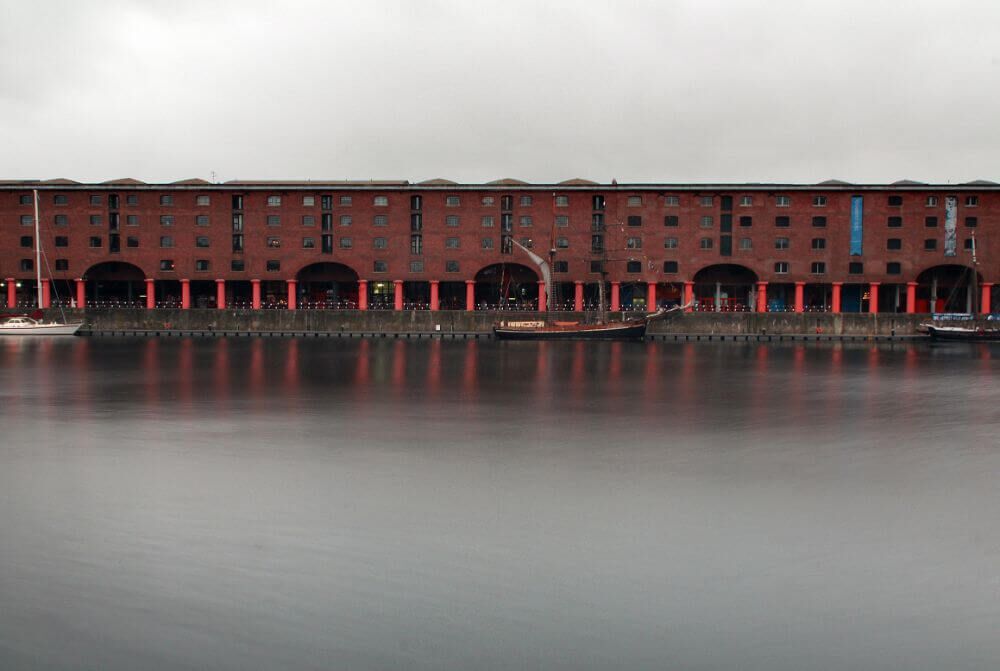
Specific docks did specific things. Yet, none can claim to be the ‘spice dock’ or ‘spice warehouse’. There are clues that point to certain places, though. For example, when it opened in 1846, The Royal Albert Dock proved very, very popular. It was hailed as revolutionary in design, allowing for ships to be loaded and unloaded directly from or to the warehouses. Due to its open yet secure design, the dock became a popular store for valuable cargoes such as brandy, cotton, tea, silk, tobacco, ivory and sugar. With those products, there would have inevitably been vast quantities of spices, too.
There are clues to be found elsewhere too. Liverpool is home to the oldest Chinese community in Europe – Chinatown. It’s located in the south of the city centre.
Many Chinese immigrants first arrived in Liverpool in the late 1860s as a result of Alfred Holt and Company who were employing large numbers of Chinese seamen while establishing the Blue Funnel Shipping Line. This commercial shipping line created strong trade links between the cities of Shanghai, Hong Kong and Liverpool. Although mainly importing silk, cotton and tea, it is without doubt many spices also made their way to Merseyside through this link.
Walking the streets of Chinatown today, you will find countless restaurants and shops owned by locals with Chinese heritage and with them a wealth of knowledge and passion for spice. And next time you walk the famous walls of The Royal Albert Dock, take a moment to look around and envision what it all would have looked like in its heyday. Crates of the world’s finest Turmeric may have been sitting exactly where you’re standing.
It’s no secret that as the British Empire dwindled, trade slowed down and consequently the port became less important. With the advent of containerisation, the docks became obsolete. Throughout the 1970s, 1980s and beyond, the city fell into a sharp decline with the Toxteth Riots, mass unemployment and little hope for the future. The golden age was over.
However, all was not lost. In 2008, it’s status as European Capital of Culture helped put it back on the map with one billion pounds worth of investment being pumped into the city and its many cultural events that year. This has left a lasting legacy that’s rejuvenated all corners of the city with annual events including music, literature, art, streets festivals, stage with participation, conversation, sport and exploration.
To this day Liverpool continues to play its part as a world city. It’s a vibrant cultural centre with real character. As there were once many docked ships which had sailed from ports all around the world, there is now an array of thriving restaurants serving cuisines from all corners of the globe. Take Lunya for example – the UK’s only Catalan deli, bar and restaurant based in the heart of Liverpool One. Serving the best Catalan and Spanish food, they’ve won multiple awards including the ‘Good Food Guide’s North West Restaurant of the Year for 2015 & 2016’.
Throughout the city you’ll also find many fine ‘foodie’ heavens such as Delifonseca. It’s both a gourmet one-stop-shop for a vast variety of food products, as well as a restaurant up top with a seasonal menu. In their own words, it’s the ‘vision of the perfect deli…a foodie’s Aladdin cave stuffed full of tasty goodies that help you turn the everyday into a plateful of pleasure’ whilst above it is the ‘ideal neighbourhood restaurant serving the type of food you’d do yourself if only you had the time and the training!’
Then, there’s Silk Road. Aptly named after the very trade route that first brought spices west during medieval times, owners Javier and Chris describe dining here as ‘a genuine journey of flavours from the Pacific to the Mediterranean brought about from our own personal travels on this ancient trail.’
So you see, the bond between spices and Liverpool remains as strong as ever.
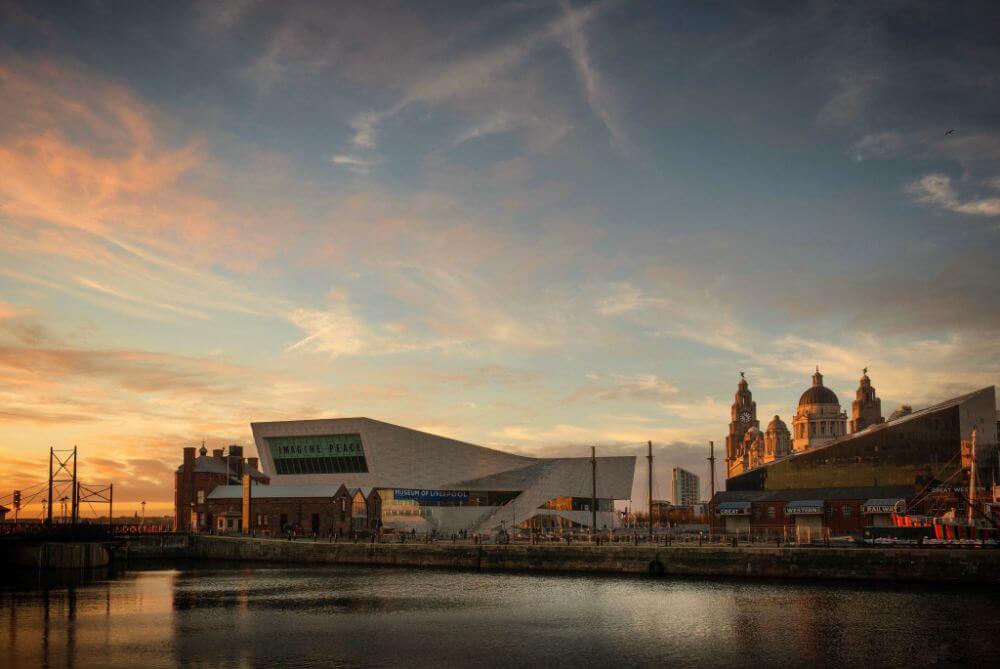
Understanding Spices
Spices have long been integral to the UK's culinary landscape, adding depth, flavours, and richness to a myriad of dishes. From the pungent aroma of cumin in Indian curries to...
Read MoreUnderstanding Spices
Confetti is an essential part of any wedding day. Not only is it a wonderful way to greet a newlywed couple, but it also provides some beautiful photo opportunities. The...
Read MoreSeasonal Ideas
It’s no secret that any handmade gift will always be more special than a store-bought one. Homemade food gifts are especially wonderful, a labour of love that shows someone you...
Read MoreHealth and Wellbeing
It’s no secret that winter’s cold and gloomy weather makes us crave indulgent dishes like fondue and baked goods like sticky toffee pudding and apple crumble. While Christmas is the...
Read More